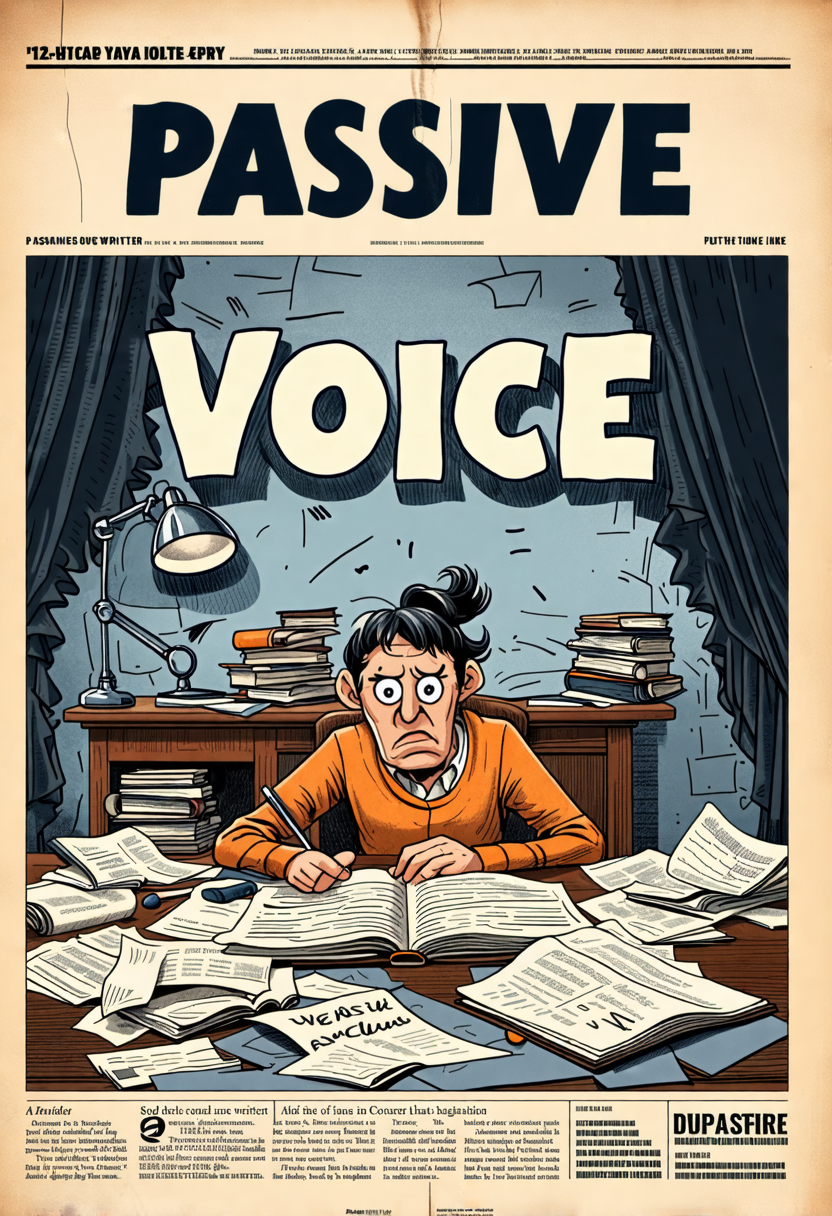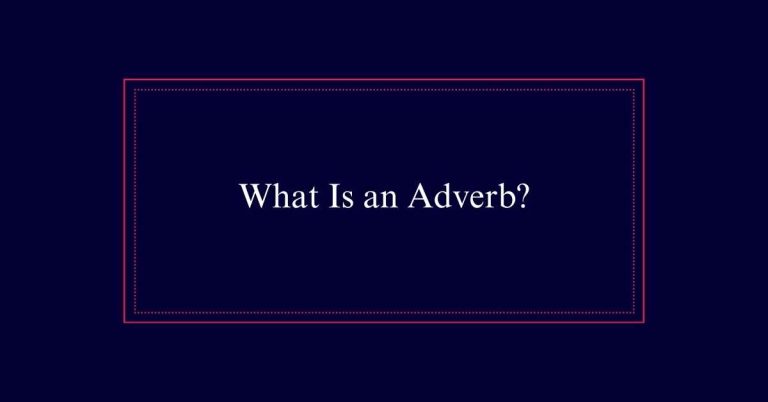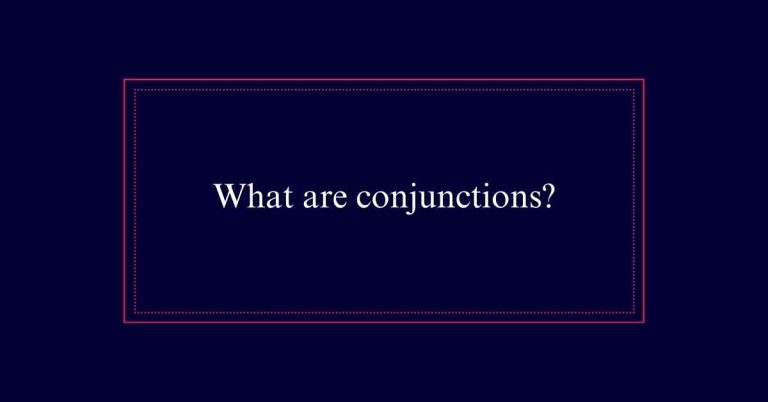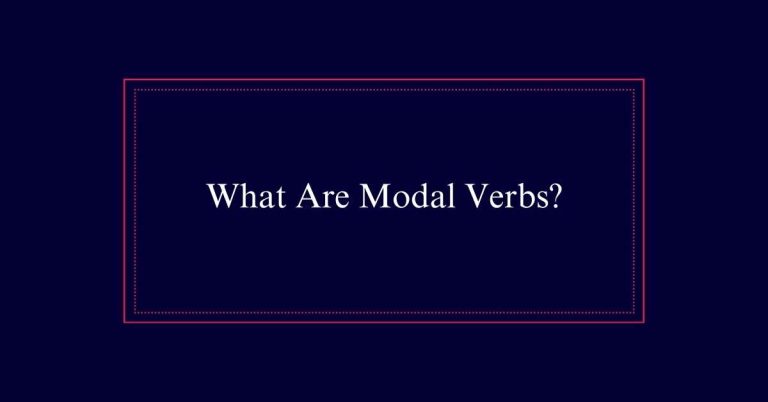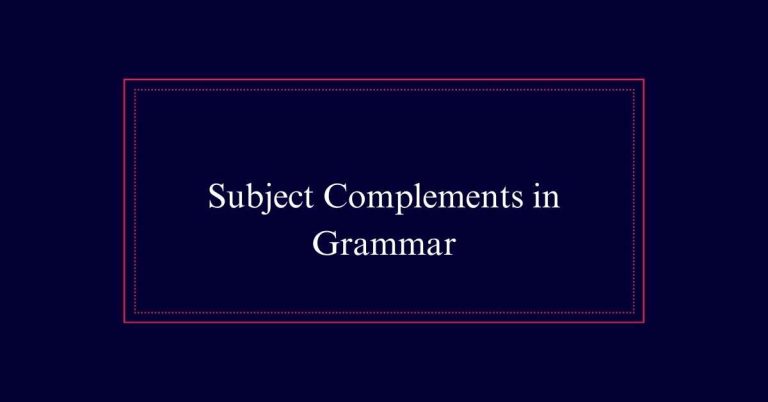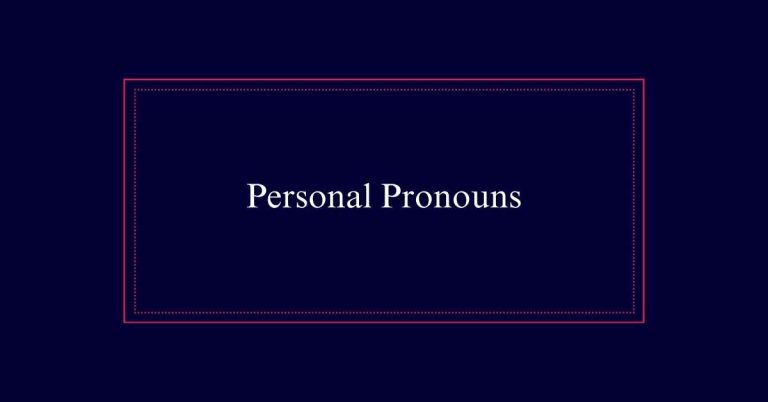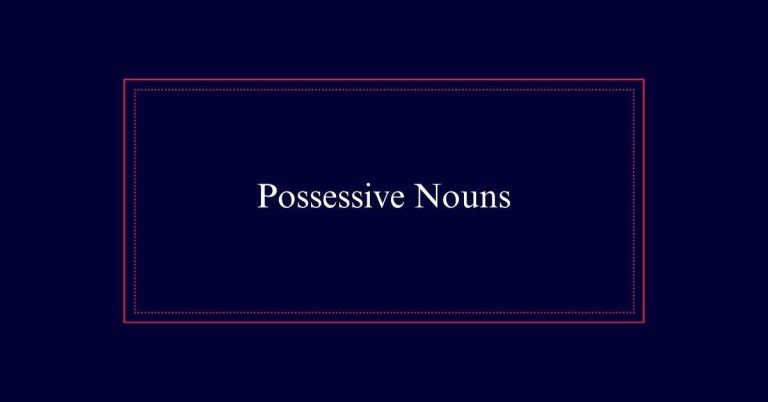Passive Voice
Understanding when to use passive voice and when to avoid it is essential for effective writing. Passive voice places the object of the action before the verb and often uses forms of ‘to be.’ Use passive voice in scientific, technical, and legal writing to emphasize processes or results.
It is also useful when the performer of the action is unknown or irrelevant, such as in crime reports or discoveries. Avoid passive voice in everyday writing where clarity and directness are key
What Is Passive Voice?
Passive voice is a grammatical construction where the subject receives the action of the verb. In this structure, the focus shifts from who is performing the action to who is receiving it.
For example, ‘The book was read by the student’ uses passive voice, emphasizing the book rather than the student. This can be useful in certain contexts. Often, passive voice is chosen to highlight the action or the recipient when the performer is unknown or unimportant.
The formula for constructing passive voice typically involves a form of the verb ‘to be’ followed by the past participle of the main verb.
Active Voice Overview
Active voice focuses on the subject performing the action. This structure is direct and clear, making it easier for readers to understand who is doing what.
For example, in the sentence ‘The manager approved the report,’ the subject (the manager) is directly performing the action (approved). This style is often more engaging and dynamic, which can improve the readability of your writing.
Active voice is typically preferred in most forms of writing, including business communication, journalism, and storytelling. It helps to create strong, concise sentences that convey information efficiently.
Passive Voice Formula
The structure of a passive voice sentence typically involves the object of the action coming before the verb. This is followed by the verb’s past participle form and, often, a form of ‘to be’ or ‘to get.’ The agent performing the action may be included or omitted.
To construct a passive voice sentence, follow these steps:
- Identify the object of the action in the active sentence.
- Place the object of the action at the beginning of the sentence.
- Use the appropriate form of the verb ‘to be’ or ‘to get’ followed by the past participle of the main verb.
- Include the agent (if necessary) introduced by the preposition ‘by.’
Active Vs Passive Examples
How can one distinguish between active and passive voice in writing?
In active voice, the subject performs the action. For example, ‘The chef cooked the meal.’ Here, ‘the chef’ is the subject, and ‘cooked’ is the action.
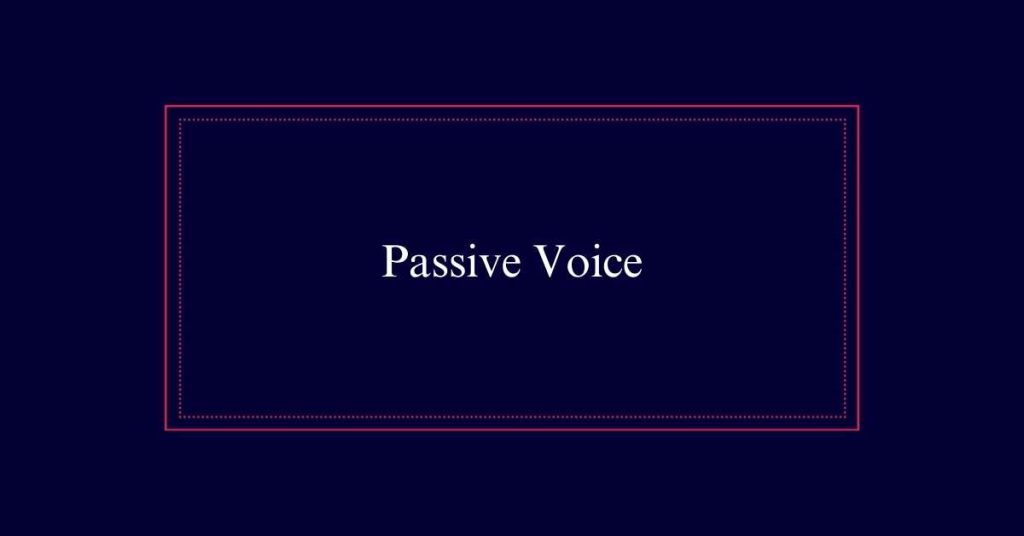
In contrast, passive voice involves the subject receiving the action. For instance, ‘The meal was cooked by the chef.’ In this example, ‘the meal’ is the subject, and the focus is on the action it received.
Identifying Passive Voice
Recognizing passive voice involves identifying sentences where the subject receives the action rather than performs it. This can be done by looking for specific sentence structures and keywords.
Here are some steps to help identify passive voice:
- Look for the verb ‘to be’: Variants include ‘is,’ ‘was,’ ‘were,’ ‘are,’ or ‘been.’
- Check for a past participle: Words like ‘written,’ ‘done,’ or ‘created’ usually follow the auxiliary verb.
- Identify the doer of the action: Often introduced by the word ‘by.’
- Rephrase the sentence: If the sentence can be rephrased to make the subject perform the action, it’s passive.
Effective Use Cases
In certain situations, passive voice can enhance clarity and focus in writing. It is particularly useful in scientific and technical documents, where the process or result is more important than the performer.
For instance, ‘The experiment was conducted’ emphasizes the experiment rather than the researcher. Passive voice is also effective in legal writing, where the focus is often on the action or the recipient.
For example, ‘The contract was signed’ highlights the contract rather than who signed it. Additionally, passive voice can help maintain a formal tone.
Unknown Performers
When the performer of an action is unknown, passive voice can be particularly useful. This allows the focus to remain on the action or result rather than on an unspecified performer.
Below are some scenarios where passive voice is effective:
Crime Reports:
‘The bank was robbed.’ The focus is on the event instead of the unknown robber.
Accidents:
‘The window was broken.’ It emphasizes the damage without identifying the culprit.
Discoveries:
‘A cure was found.’ Highlights the discovery rather than the unknown scientist.
General Statements:
‘Mistakes were made.’ This acknowledges errors without blaming anyone specifically.
Emphasizing the Recipient
The passive voice can be particularly useful when you want to emphasize the recipient of an action. This can help to shift the focus from who is performing the action to who is affected by it. For example, instead of saying “The committee approved the new policy,” the passive construction “The new policy was approved by the committee” highlights the policy itself.
Here is a comparison to illustrate this concept:
| Focus | Active Voice Example | Passive Voice Example |
|---|---|---|
| Actor | The chef cooked dinner. | Dinner was cooked by the chef. |
| Recipient | The chef cooked dinner. | Dinner was cooked by the chef. |
| Object | The chef cooked dinner. | Dinner was cooked by the chef. |
Clarifying Misconceptions
Despite its benefits in scientific writing, passive voice often carries several misconceptions that need addressing. Many believe that passive voice is grammatically incorrect. This is not true; it is a valid grammatical structure.
Another misconception is that passive voice always makes sentences unclear. While it can lead to ambiguity if overused, in many cases it effectively emphasizes the action or recipient.
Some writers assume passive voice is always weaker than active voice. However, it can be powerful, especially when the doer of the action is unknown or irrelevant.
Recognizing these misconceptions helps writers make informed choices, using passive voice deliberately and effectively. Understanding its role ensures clearer, more precise communication.
